Nouvelles
Nous avons le plaisir de vous convier à une journée de célébration de la Fête du Nouveau Groupe des Serviteurs du Monde.
Cette journée est organisée par trois groupes: IPS (Institut pour une Synthèse Planétaire), Fraternités et Alcor.
Elle aura lieu le 28 décembre 2019 à LIMONEST, 2027 chemin de Saint André.
Le Nouveau Groupe des Serviteurs du Monde n'est pas une organisation. Ce groupe est constitué de tous ceux qui œuvrent pour le partage, la coopération et la fraternité sur la Terre. Ses membres sont mus par l'amour de l'Humanité et tentent de servir tous les hommes sans distinction de race, de religion ou de parti politique. Tous les sept ans, au moment du solstice d’hiver, ce groupe reçoit une stimulation puissante qui donne un nouvel élan aux activités de service fraternel entreprises par tous les hommes de bonne volonté sur la Terre.
Nous vous accueillons à cette occasion pour nous enrichir de nos expériences mutuelles et animer des débats autour du thème :
Servir l'Humanité au XXIe siècle
Un repas canadien est également prévu à la mi-journée, en toute simplicité. Les frais de participation pour la location de la salle s'élèvent à 5€ par personne.
De nombreux groupes engagés dans le service spirituel sur toute la planète se préparent pour cette fete septennale, c'est cette unité planètaire dont nous sommes un simple maillon que nous souhaitons consolider avec vous.
TRANSFORMING OUR WORLD IN HARMONY WITH NATURE, INTEGRATING NATURE INTO THE IMPLEMENTATION OF THE SDGS
Nature is fundamental to the Economy and Society, the other two dimensions of sustainable development: It provides the resources that fuel the economy and human life itself. Moreover, while we, human beings, create our societies and economies, we are an integral part of Nature. We consist by virtue of the air we breathe, the water and biodiversity that nourishes us and our life energy: We are an integral part of Nature. Living in harmony with Nature requires not a human but a Nature-centric intuitive, approach.
After the two years during which the SDGs were being developed it became clear that social and economic concerns were being dealt with more urgently than our rapidly deteriorating relationship with Nature and thereby human beings were transgressing Nature's planetary boundaries necessary for human life.
The Partnership on the Rights of Nature. Integrating Nature into the Implementation of the SDGs, of which the IPS was a founding member, consisting of academics, indigenous peoples, civil society organizations and Nature communicators undertook as a part of the UN's Partnership Exchange to write reports, based on input from around the world, whereby a Nature-centric approach would be applied to all of the SDGs and almost all of the targets. They both completed these reports, and brought them together in this trilogy, arranged according to the SDGs that were the focus of discussions at the High Level Political Forums in 2016, 2017 and 2018, respectively. These are teaching manuals, reference works, and guides for government ministries, whch can be used as follows:
1. To get insight into what constitutes a Nature-centric approach, read the Executive Summaries of the books that contain the goals that interest you most; and then read the Introductions and Conclusions to each of the 9 chapters in Part Two of the first book, mentioned below. This book was written last and contains most diverse features.
2. To get ideas about how a Nature-centric approach can be applied to any of the SDGs or targets, just consult the relevant report. These are mentioned beside the appropriate link.
3. If you are part of a government ministry or a civil society organization, check the chapter(s) in Part Two of each of the three books for “Means of Implementing” those SDGs that relate to focus of your work (SDG 17. Means of Implementation.)
Here are the links:
Transforming our World in Harmony with Nature. Integrating Nature into Rights of Nature: Integrating Nature into SDGs 1, 2, 3, 5, 9, 14 and 17
Transforming our World in Harmony with Nature. Integrating Nature into Rights of Nature: Integrating Nature into SDGs 6, 7, 11, 12, 15 and 17
Transforming our World in Harmony with Nature. Integrating Nature into Rights of Nature: Integrating Nature into SDGs 4, 8, 10, 13, 16, and 17
Nous nous réjouissons d'annoncer que le texte en français du cours donné par le Dr. Krishnamacharya en 1983 et 1984 sur le symbolisme des Védas a maintenant était publié sous forme d'un livre disponible à l'IPS ou en ligne sur le site de lulu.com, à l'adresse suivante: http://www.lulu.com/spotlight/christ_iane.
Le texte choisi pour cette étude est un hymne appartenant au Yajur Veda appelé « Purusha Sukta », « l’expression de la Personne cosmique ». C’est un des principaux hymnes védiques. Le Purusha Sukta est dans son ensemble un mantra, un recueil de mots, de sons, de significations qui forment une synthèse. Le mot mantra vient de la racine sanskrite Man, méditer. Man ou méditer signifie passer à travers le mental pour accéder à soi-même, en passant par la pensée intuitive à l'aide des véhicules d'interprétation ou véhicules intellectuels, et à l'aide de la logique, de la signification et de la syntaxe. Le sujet du Purusha Sukta est la Création, tant la cosmogenèse que l'anthropogenèse, c'est-à-dire la création de la Personnalité cosmique ou Conscience cosmique, et la création de la personnalité individuelle de chaque être humain. Il montre également comment la Création provient du sacrifice de la Personne cosmique.
Un fichier pdf contenant la transcription du texte entier du Purusha Sukta, avec indication des intonations correctes, ainsi qu’un fichier audio d’une méditation, suivie du Purusha Sukta chanté par Kulapati E. Krishnamacharya, sont disponibles sur le site de l’IPS: http://ipsgeneva.com/fr/publications/tous-les-telechargements?folder=2-esotericstudies-french.
C'est avec joie que nous avons appris que le lundi 19 décembre, l'Assemblée Générale des Nations Unies a adopté en séance plénière la Déclaration sur le Droit à la Paix, à la majorité des États membres, dans sa résolution A/RES/71/189.
Un processus qui a commencé il y a 20 ans, depuis la première proposition faite par l'UNESCO en 1997, a enfin abouti.
Vous pouvez lire ici un article détaillé (en anglais) sur la déclaration, par David Fernandez Puyana, dans Elaph, un éminent journal indépendant pour toute la région arabe.


 Adhérez à un réseau mondial de personnes qui ouvrent de nouvelles voies dans 10 champs fondamentaux d’activité, aidant à préparer la civilisation mondiale à venir.
Adhérez à un réseau mondial de personnes qui ouvrent de nouvelles voies dans 10 champs fondamentaux d’activité, aidant à préparer la civilisation mondiale à venir.
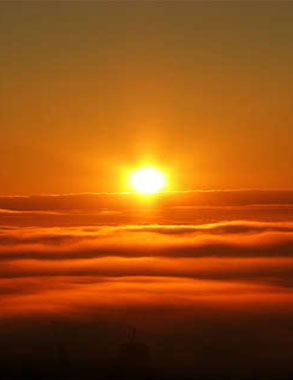
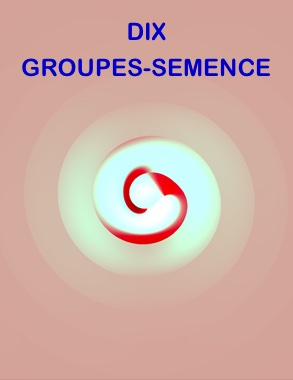


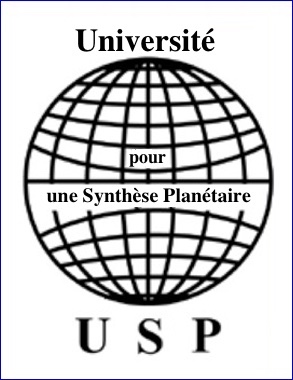
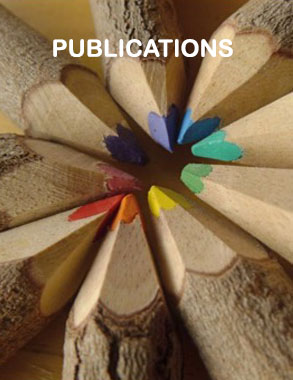

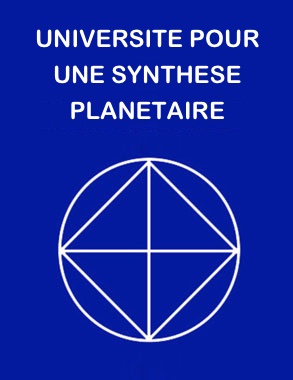

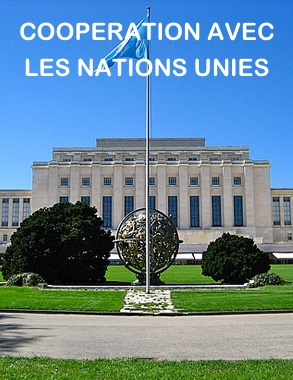
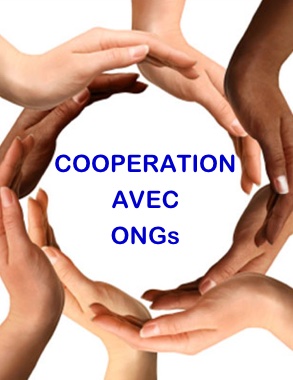
 La plupart de nos publications (brochures, rapports, lettres d’information, etc.) sont disponibles en téléchargement, en format PDF et en plusieurs langues.
La plupart de nos publications (brochures, rapports, lettres d’information, etc.) sont disponibles en téléchargement, en format PDF et en plusieurs langues.